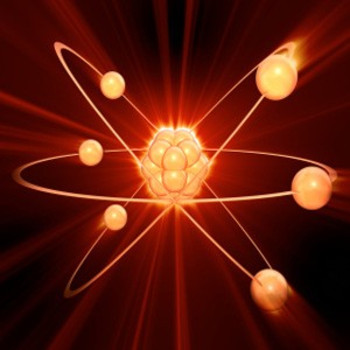What term is used to describe the changes in gene sequence that have occurred?
1 Answer
Changes in gene sequence are caused by different types of mutations.
Explanation:
Gene mutations cause a permanent alteration in the sequence of base pairs (DNA-building blocks) that makes up a gene. Mutations can affect a single base pair or it can affect a larger segment, maybe even including multiple genes.
When mutations are inherrited from a parent, they are present in almost every cell of the body. This in contrast with acquired mutations that can occur at any time in a persons life and are present in only in a subset of cells in the body. Acquired mutations can be caused by environmental factors such as ultraviolet radiation from the sun, or when a cell itself makes a mistake in copying its DNA during cell division.
The DNA sequence can be altered in different ways and each type of mutation can have varying effects on the health of a cell, tissue and/or individual.
Possible types of gene mutations :
-
Deletion : one or more base pairs are deleted from the DNA, it is also possible that a whole gene or multiple genes are deleted.
-
Insertion: one or more base pairs are added to the DNA.
-
Duplication: a piece of DNA is mistakenly copied more than once, elongating the gene. This is different from gene duplication in which a whole gene is copied, which is actually a major evolutionary drive!
-
Repeat expension: this is quite similar to duplication. In this case a repeating sequence in the DNA is mistakenly copied multiple time. It is as the copy machine of the cell gets confused by the repeats and gets stuck on it for a while.
When you know that three base pairs in a gene code for one amino acid an you know that every amino acid has its own specific sequence, you can understand that the mutations can have different effects. These are called missense , nonsense , and frameshift mutations.
More information and illustrations of what is mentioned above, please go to the website of the U.S. National Library of Medicine .

